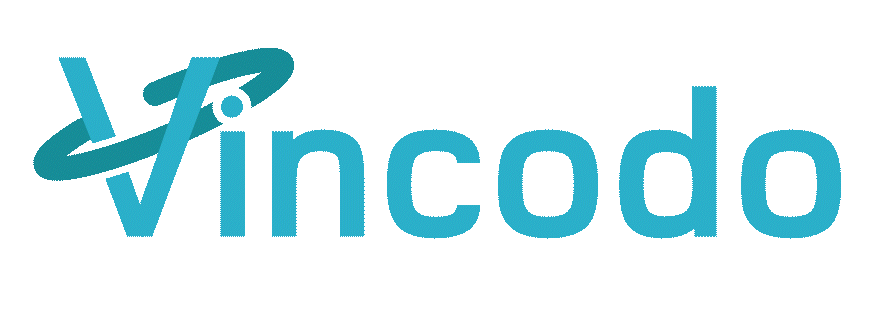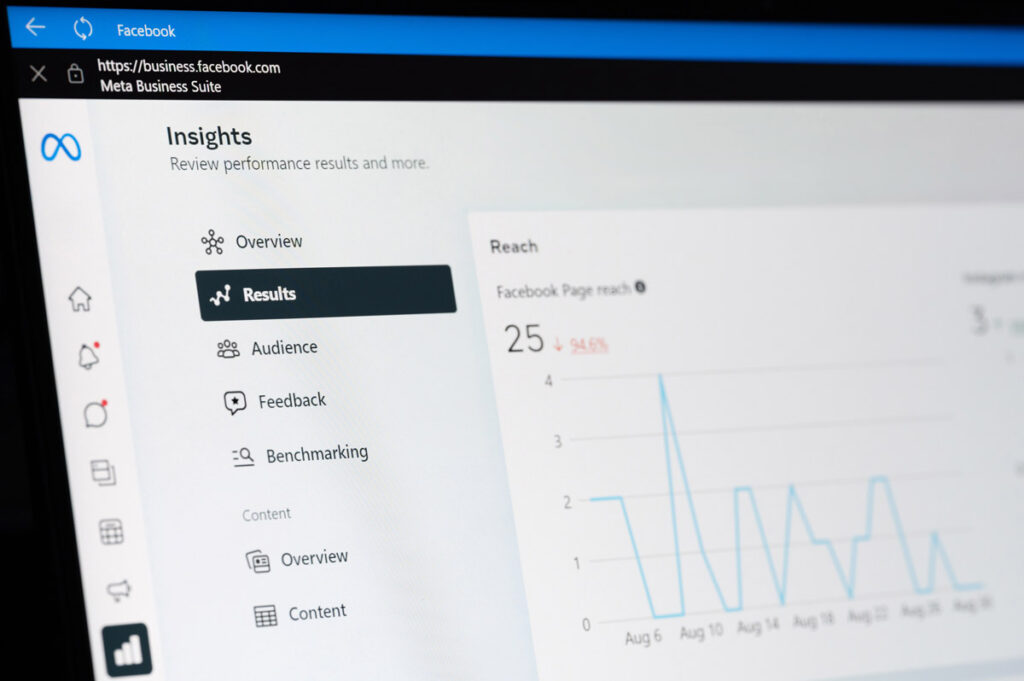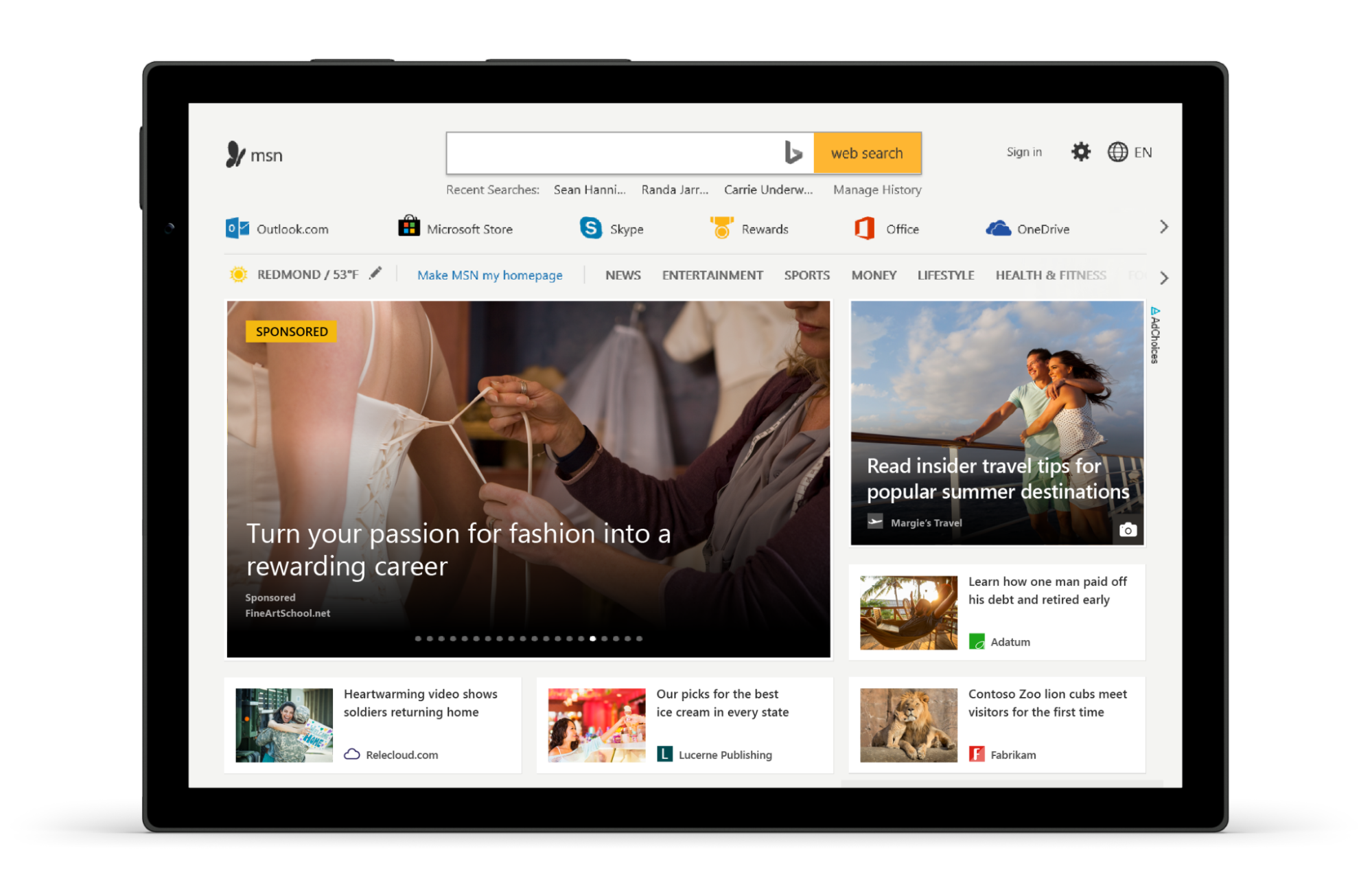With Facebook, Advertisers continue to balance the dance between applying traditional marketing tests and allowing Facebook’s algorithm to make decisions. Given the ongoing concerns with lacking transparency at Facebook, leveraging their A/B split technology is a risk since they are conducting the split rather than the Advertiser. As a result, trying to identify best performing ad creative is a challenge since Facebook controls all the functional components of the ad serving decision.
So, how do we go about maximizing creative performance if Facebook’s involvement disrupts the traditional A/B test approach? And how do we justify our critique that Facebook disrupting A/B tests?
We decided to test Facebook’s algorithm through creative variation testing with one of our clients. With the help of Persado and its Marketing Language Cloud, we sought to determine that traditional A/B split testing is not the approach to take in order to achieve the best results on Facebook and that expanding creative options was most suitable to leveraging the underlying algorithm to our benefit. Facebook’s algorithm is unpredictable and different, but not always in a good way.
As all of us know, when testing an assortment of ads, Facebook does not serve them evenly, which alters the results of an A/B split test. While Facebook offers a split tool, they control the split and the ad serving, therefore invalidating any test due to the lack of transparency. Further, Facebook algorithm also focuses on yield management, which can be contradictory to Advertiser success. We found through testing efforts that a multitude of factors come into play when Facebook is choosing which ads to optimize towards. These include the type of ad formats you like to engagement, whether you historically transact with Advertisers on Facebook and cluster analysis grouping based on behavior target indexing.
The philosophical idea behind Persado is to not only use a variety of creative to reach your audience, but also variations of ad copy within each creative. Doing this provides Facebook with a wide selection of ads to choose from when optimizing, as well as diverse emotional language to deliver to your audience. During our initial testing, the results were surprising. We maintained three control versions in addition to three Persado test versions. Each of the test versions contained short verbiage generated by Persado in additional to our original copy. Many of new versioned ads by Persado were the top performers, but there were variances from one Ad Set to next. Additionally, we saw that the control ads performance significantly dipped below previous normal metrics which was a surprising result, suggesting that Facebook’s algorithm could be interfering with results through its ad serving.
Based on those results, we pivoted our testing strategy to assess how ad serving and resulting performance would shift by pausing some of the test variation. Ad Set by Ad Set, we paused all but one top-performing Test version and one top-performing Control version from the initial six variance. Once those were paused, the performance of the once more popular ads plummeted despite the fact no changes were made to them. This proved that the Persado philosophy was correct and that offered a critical service with variation of ads that could be matched more effectively to Facebook users by their ad serving algorithm to our benefit. The test showed that by offering multiple creative option, click rates and conversion rate independently increased by more than 10% versus past control efforts.
These findings created a significant shift in strategy for our clients, as we have focused on creative freshness and ad creative variety. The Facebook algorithm performs more successfully in these circumstances, especially when utilizing the Optimize for Conversion functionality. Facebook is steadily increasing frequency to more niche audiences, so creative variety is a necessity when hyper targeting.
As we continue to use Persado’s platform, it’s learning the phrases and types of marketing language that resonate more within our target audiences. We have seen significant boosts in CTR, leading to more click-based conversions and a higher ROAS.
The key takeaway from the testing is that variety is the spice of life…and ROI success on Facebook.





